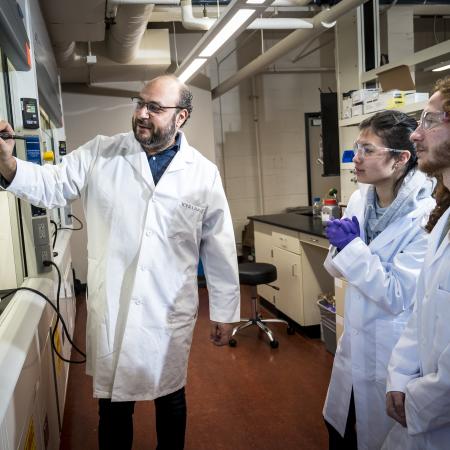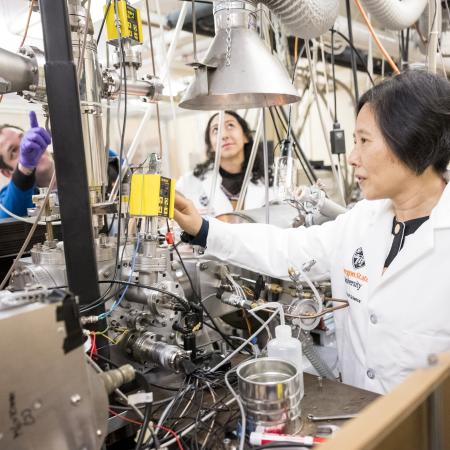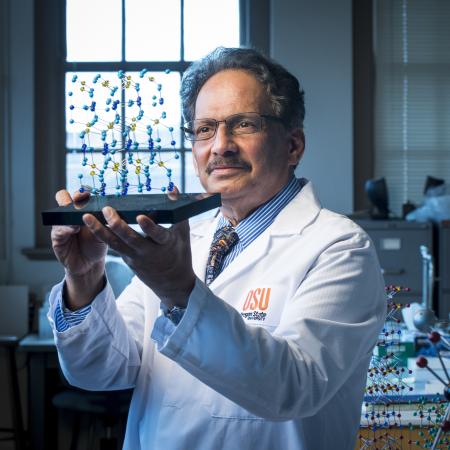New research out of the Department of Chemistry shows promising results in anti-cancer treatments.
Assistant Professor Dr. Sandra Loesgen has brought mensacarcin research from the University of Göttingen to Oregon State University.
“The bacterium is from German soil. Next to the university there, and that was before 1998,” Loesgen said. “My doctoral adviser Axel Zeeck team isolated this Streptomyces bottropensis and they found mensacarcin; they could purify it and they could identify the structure.”
Graduate student Elizabeth Kaweesa looks specifically at how mensacarcin affects cancer cells.
“In determination of its cytotoxicity, it’s very selectively cytotoxic against melanoma,” Kaweesa said. “In our lab we screen compounds on colon cancer cell lines, lung cancer, breast cancer and prostate cancer but mensacarcin is very selective to melanoma and it also acts really fast.”
Kaweesa said mensacarcin induces programmed cell death, or apoptosis.
“We observe that mensacarcin enters the cell and causes cell death within 20 minutes,” Kaweesa said. “My main objective is to study the mechanism of action. We know that it does kill, but we need to figure out how it causes melanoma cell death.”
Energy metabolism in the body involves different processes like glycolysis, the citric acid cycle and oxidative phosphorylation, Kaweesa said. These reactions happen in and around the mitochondria, an organelle used specifically by cells for energy production.
“Based on fluorescence imaging and different cellular assays we know that mensacarcin targets the mitochondria; it therefore affects the energy metabolism,” Kaweesa said. “But we’re yet to figure out how it disrupts energy metabolism leading to cell death. It could be via any of the mitochondrial processes, so we’re yet to figure that out.”
Loesgen said melanoma is a unique cancer due to the body pathway it exploits for energy.




